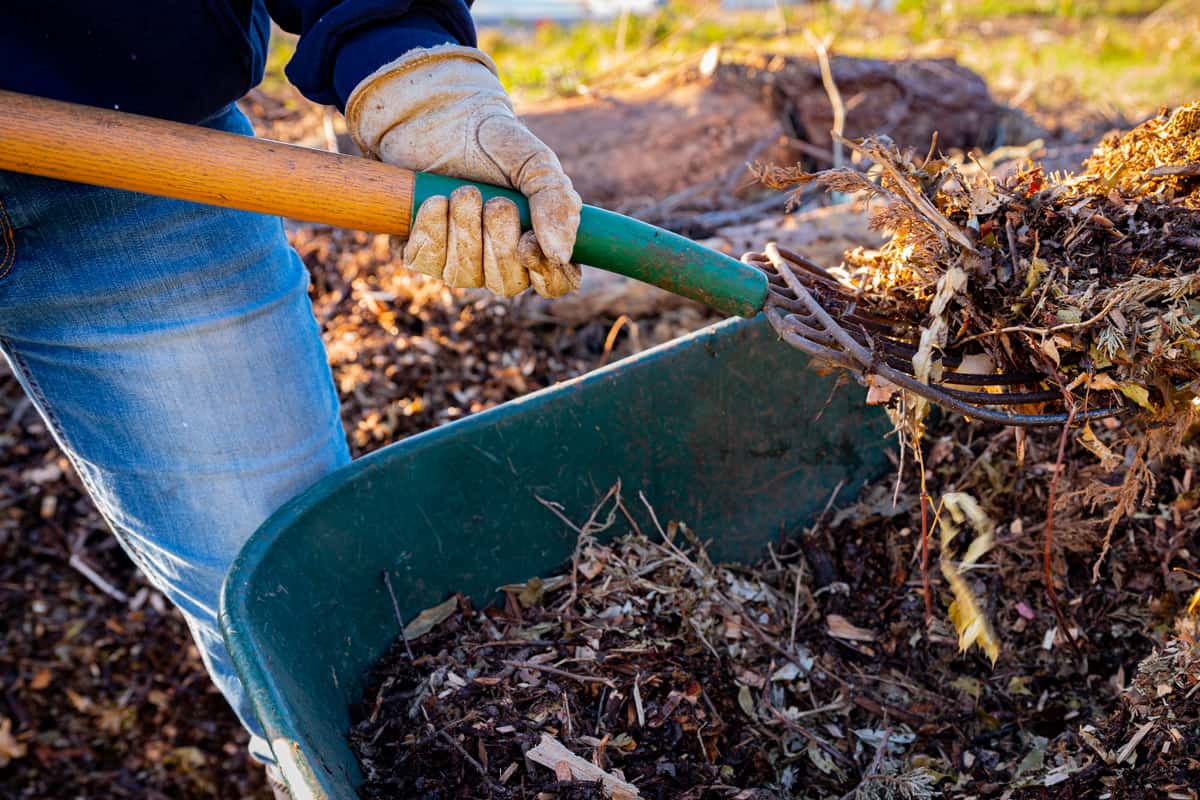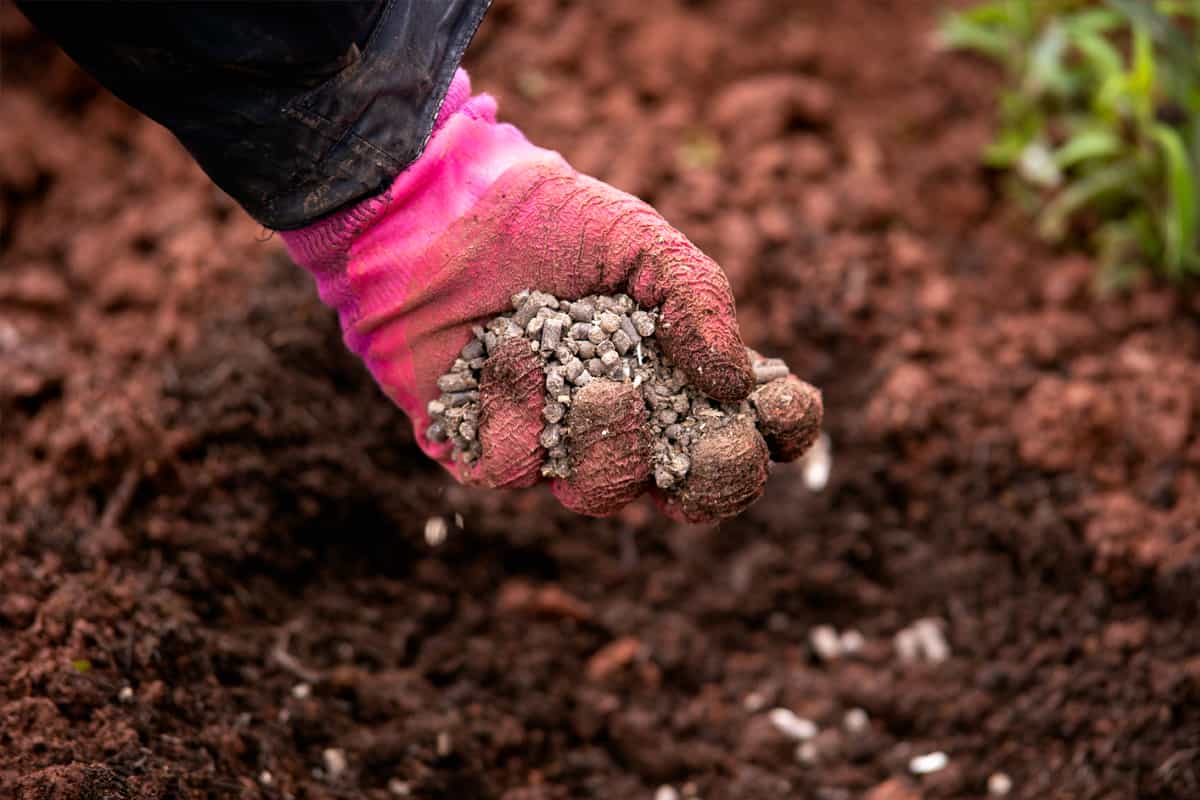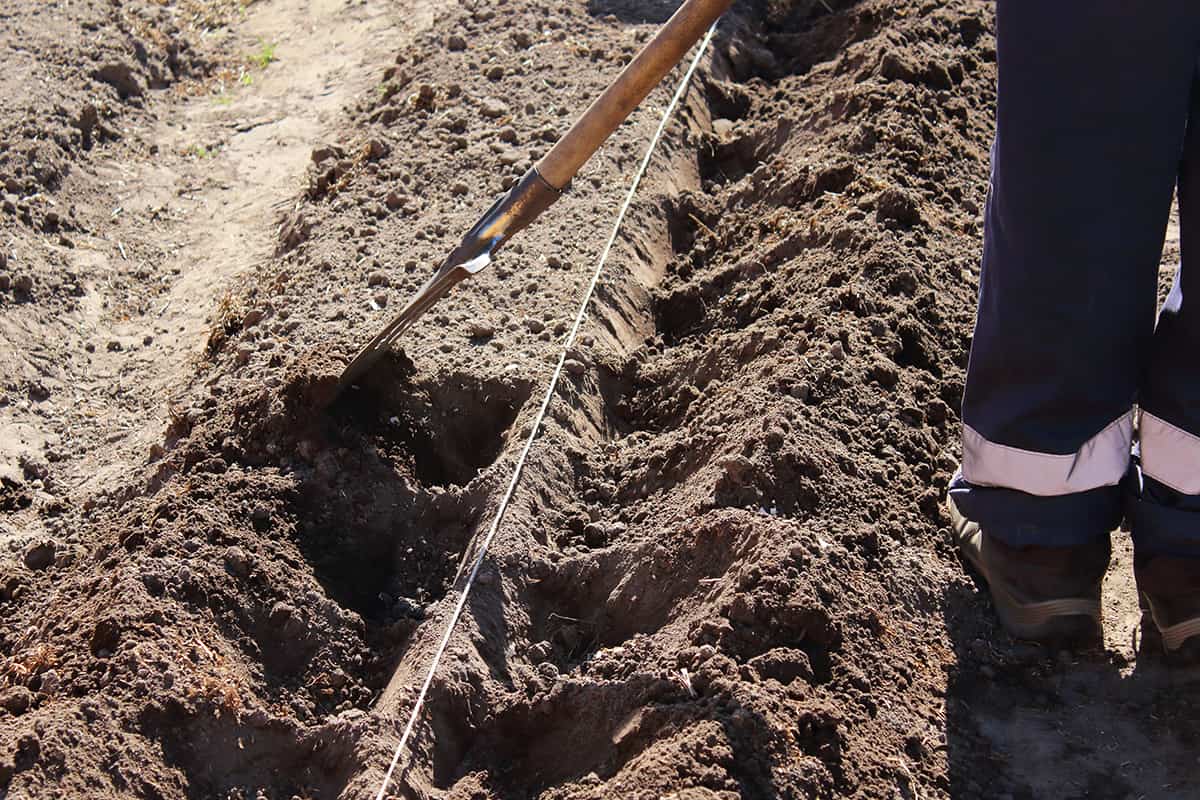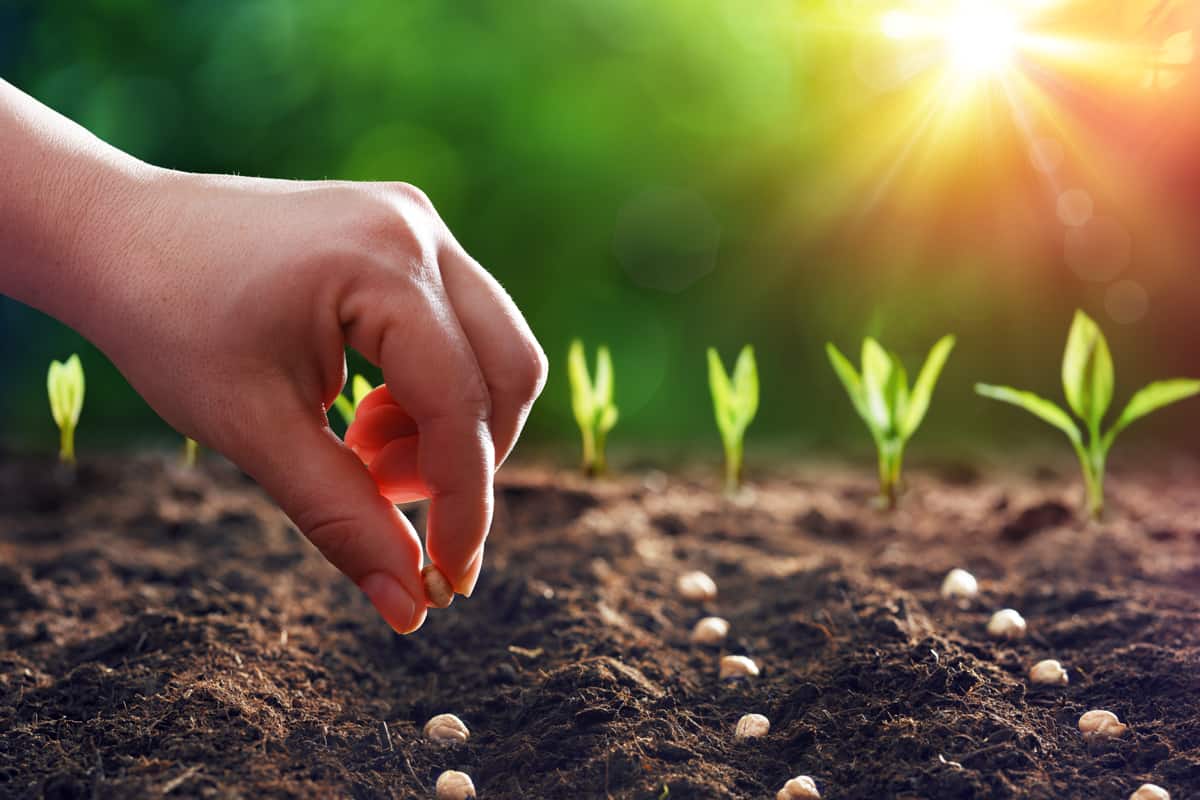With warmer weather on the way, Floridians are preparing to upturn their gardens and plant seeds for a new harvest. But how do you prepare soil for a vegetable garden in Florida? For your convenience, we brought you the answer.
To prepare soil for a vegetable garden in Florida, you need to:
- Begin preparing your garden in the fall
- Base your preparations on the size of your garden
- Winter your garden
- Test your garden’s nutrient levels in the spring
- Amend your soil
- Remove winter-brought obstacles
- Loosen your soil
- Research your zone and soil
- Establish your rows
- Plant your seeds
At first glance, this may seem like a time-consuming process. That, however, is not the case. You can spread the preparation of your vegetable garden’s soil out over the course of several months. This patient approach saves you from burning yourself out on landscaping modifications and is better for the health of your garden in the long run. Keep reading for more information!

How To Prepare Soil For A Vegetable Garden In Florida [Step-By-Step Guide]
Whether you've never grown in a garden in Florida or need help upholstering your crop for the coming year, you can take the following steps to prepare the soil in your vegetable garden:
1. Begin Preparing Your Garden In The Fall
You don’t need to wait for spring to start preparing your soil. The steps you take in the fall can help you get ahead of the nutrient drain or other soil losses that might impact your garden’s health in the spring.
To start, make sure you cut back your plants after the last of your harvests. In Florida, these may come in late October or early November. While you can leave your cut plants in your garden throughout the winter months, they need to be separated from their roots if they’re going to become compost and enrich your soil.
If you leave your plants uncut before the weather starts to turn, they can prove a nutrient drain on your soil.
Read more: Compost Vs. Manure For Vegetable Garden: Which Is Best
2. Base Your Preparations On The Size Of Your Garden
No two gardens look exactly alike. Some Floridians prefer to garden on long strips of land. Others boast gardens that are wider than they are long. Others still may rely on a combination of elevating gardening, in-ground gardening, and container gardening to yield the produce they want on an annual basis.
The way you prepare your garden’s soil, both in the fall and the spring, depends on the nature of the garden you’re growing.
For example, a container garden may need to be re-soiled come spring. Comparatively, you may need to spend time tilling the earth of an in-ground garden in the fall if you want to prevent it from compacting before spring rolls around.
3. Winter Your Garden

Beyond cutting back your plants, there are other steps you can take to winter your garden. These can include:
- Laying down mulch or canvas protectors
- Rehousing temperature-sensitive bulbs
- Investing in anti-pest measures (ideally non-chemical)
- Disconnecting your hose lines (northern Florida only)
All this said, there may be opportunities for you to continue growing produce throughout the Floridian winter.
Because Florida's temperatures tend not to drop below 50 degrees Fahrenheit, you may want to encourage the continued health of your garden by planting turnips, lettuce, and other cold-weather vegetables.
4. Test Your Garden's Nutrient Levels In The Spring
As the weather starts to warm up again, take a walk out to your garden with a chemistry kit in hand. Specifically, pH strips can help you determine how the winter weather has impacted your garden’s chemical balance.
You can test the pH levels of your garden through a few different means. The simplest way to get a good reading on your garden is to test the pH level of the runoff from your first or second water of the season.
You can alternatively use a more complicated method to gather testable water. With the use of a disposable coffee filter, your garden’s dirt, and some patience, you can “steep” your garden’s dirt and test the resulting water.
5. Amend Your Soil

Once you’ve determined where your soil’s pH levels are, you can modify them accordingly. Ideally, you’ll want your garden to register at a 6.5 when testing its pH. This places your soil within a slightly acidic to neutral range.
A garden that registers as basic on a pH test may stunt the growth of your vegetables. Similarly, a garden that’s too acidic may kill off your seeds or transplants before they can take root.
You can amend variations of either kind with the help of specialized compost, fertilizer, and other aids available at your local hardware store.
6. Remove Winter-Brought Obstacles
Florida winters are some of the most pleasant in the United States. Even so, the cooler temperatures can introduce unwanted obstacles into your garden. You need to remove tree limbs, litter, plastics, and even dead or protruding roots from your garden before you start planting new vegetables in the spring.
If you notice that pests have settled into your garden over the winter, you can work with local pest control representatives to remove them from your lot. Do not try to engage with wild animals in Florida alone, whether they be mammalian or one of the state’s many reptiles.
7. Loosen Your Soil

A long winter can weigh your soil down. The longer your soil goes without tilling, the more likely it is to prove difficult to work in the spring. The best way to contend with this potential compaction is to till your garden before planting in the spring.
You can till by hand, with a rake, or with the help of a hand-held motorized till. You can determine which of these tools best suits your needs by consulting a representative at your local hardware store.
If you’re contending with perennial vegetables, tilling may put dormant bulbs or growths at risk. As such, it’s important to keep track of where you’ve planted vegetables in the past and what areas you need to leave alone.
You can do this by placing small indicators—signage, stones, or other natural elements—in those sensitive places just before the weather turns.
8. Research Your Zone And Soil Type
It’s essential for you to know what zone you live in and what level of hydration your soil can take before you invest in the gardening techniques—or vegetables—that you want to grow this coming season. Floridian gardens tend to fall between Zones 8 and 10, with your zone level increasing the farther south you go.
Floridian garden soil also tends to be sandy and clay-heavy. The sandier your dirt is, the more likely it is to drain well—but the more water your plants may need. Dirt that has more clay in it tends to be harder to work, but it may retain water more effectively than sandier climes.
Knowing what manner of soil, preferred hydration, and zoneage you’re working with allows you to effectively modify your garden before planting. If you use the wrong techniques on sensitive soil, your vegetables may not grow as effectively.
9. Establish Your Rows

Once you understand what kind of growing zone you're working with and how certain plants might interact with their soil, you can establish rows.
It is often in your best interest to establish hills and valleys in your garden, with hills cresting at five inches and valleys going no more than an inch below the level of the rest of your land.
If you're concerned about the moisture levels in your area, you can line your values with mulch or with flood-resistant soil. At this point, make sure you install any support trellises or other growing aids that your preferred plants may need to flourish during their growing period.
Read more: Do Garden Beans Need A Trellis For Support?
Note that the hill and valley preparation method is only necessary in larger gardens. If you have a container garden or a small and thin stretch of land to work with, you may be able to forgo the hill and valley method in favor of a thin layer of mulch.
10. Plant Your Seeds

Last but not least, the time has come for you to plant your seeds. Make sure that you have access to a planting calendar and aren’t planting any of your vegetables out of season. You should also vary your watering schedule based on your plants' preferred level of moisture.
A thorough planting calendar can let you know ahead of time when you should expect to harvest your vegetables. You can rely on your annual almanac to get a basic idea of what to expect from Florida's growing season.
How To Prepare Floridian Soil For A From-Scratch Garden
If you've never had a garden before and want to start growing some of your own food at home, congratulations! You have quite the adventure ahead of you.
You can follow the same steps as everyone else when preparing your Floridian soil for a garden. However, you may not have to invest the same amount of time in winterizing as everyone else.
That said, you should set the particular patch of land aside for your garden early in the spring. Till this land and protect it with fencing or anti-weed lining. These protective efforts will prevent grass or other foliage from infringing on the space you've established for vegetables and other plants.
In Closing
Establishing a garden in Florida doesn’t have to be a challenge. If you take the proper steps to prepare your land, you can combat a lack of nutrients, uneven water tables, and even Florida's unpredictable weather.
This kind of diligent gardening all but ensures that, come next year’s harvest, you can bring all manner of vegetables into your home.
